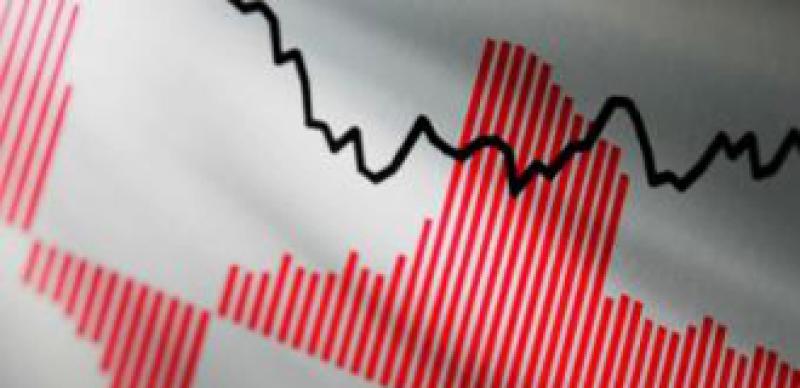With all the talk about the decline in trading volume (over 30 percent on a year-over-year basis for most of the third quarter) you would think that no one is playing the market. Absolute levels of shares or futures contracts traded, compared to some historical benchmark, have long been used as an indicator of market conviction.
Does the trading volume validate the prevailing uptrend or downtrend? Meaning is the trend in price, in any given market, supported by elevated levels of trading activity? This has always been interpreted as a sign of how strongly market participants believe in the move and therefore how reliable it is. More volume = more conviction.
In today’s market environment it seems to be a “misleading indictor” as the Dow, S&P, and NASDAQ forge higher on a daily basis without the support of high trading volumes. Does this mean portfolio managers and traders should ignore trading volume as an indicator of future price movements? No, but maybe they should analyze this important data in a very different way.





